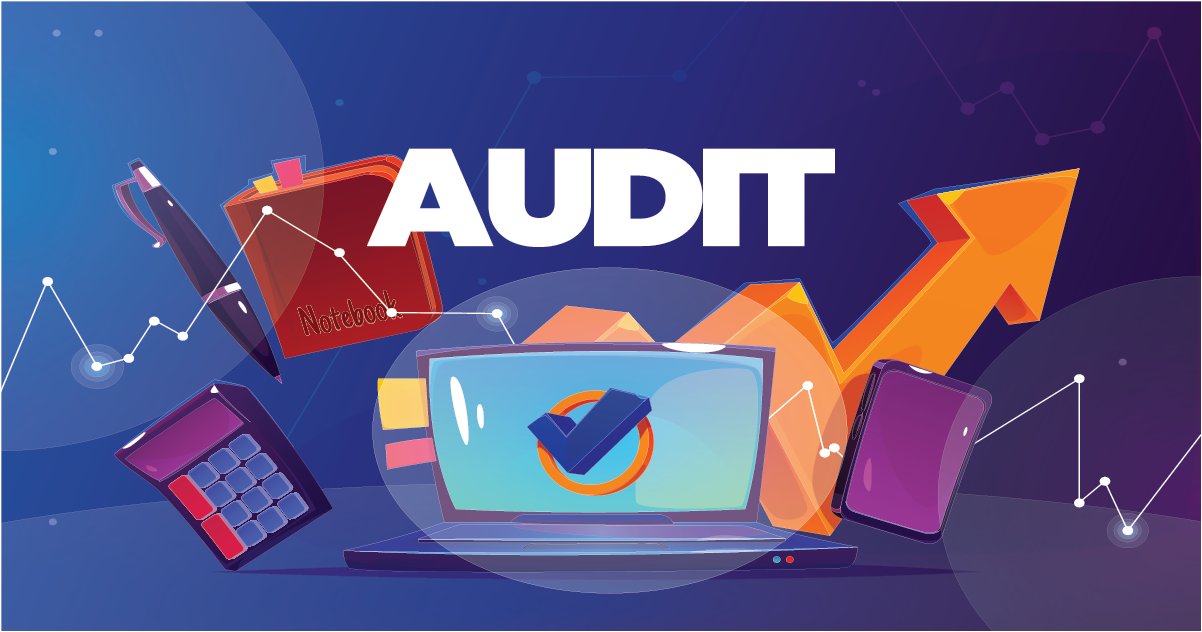Ways to audit your website for higher ranks and conversions
- 1 What is Website Auditing?
- 2 Tips for Conducting a Successful Website Audit
- 2.1 Step 1: Analyze Your SEO
- 2.2 Step 2: Test Website Performance
- 2.3 Step 3: Analyze User Experience
- 2.4 Step 4: Identify Areas for Improvement
- 2.5 Step 5: Create an Action Plan
- 2.6 Step 6: Monitor Progress
- 2.7 Step 7: Re-audit
- 2.8 Step 8: Act On Your Ranking
- 3 Final Words
Are you looking to attract more people to your website? Are you struggling with low Google search rankings? Website audits are a great way to identify and address issues preventing your website from performing at its best. By analyzing how your site is set up, you can make improvements that will help boost search engine rankings and conversions. Most importantly, website audits can help you identify problems and create a plan to improve your website’s performance.
This article will discuss the different types of website audits, why they are essential for SEO and conversions, and tips for conducting a successful audit.
What is Website Auditing?
Website auditing is assessing your website’s architecture, content, and design. It involves analyzing how well your website is set up and identifying potential issues affecting its performance. Guaranteeing a successful website necessitates evaluating the optimization for search engines, user-friendliness, and whether or not content effectively persuades visitors.
Why is Website Auditing Important?
Website auditing is essential for improving SEO and website performance. By conducting regular audits, you can identify potential issues preventing your site from performing at its best. This includes problems such as broken links, slow page loading times, and duplicate content.
Audits can also help you improve website usability for visitors. By analyzing how users interact with your site, you can identify areas for improvement and create a more intuitive user experience. This will make it easier for visitors to find what they are looking for, which can boost conversions.
Tips for Conducting a Successful Website Audit
Step 1: Analyze Your SEO
Performing a website audit starts with analyzing your SEO. Make sure to check all of your pages for titles, meta descriptions, and keywords. Pay attention to how well each page is optimized for search engines. It would help if you also looked for duplicate content, broken links, and outdated information. At the same time, you can benefit from a Local SEO Audit to ensure your presence is effective for local searches. For example, if you are a local business, ensure your site is optimized for users in your area. The same goes for global searches for which you want to rank.
Step 2: Test Website Performance
Another critical step in a website audit is testing website performance. This includes analyzing page loading times and responsiveness on different devices. You should also test the site’s speed and ensure it meets industry standards. Lastly, check for page errors or broken links that could affect performance.
Step 3: Analyze User Experience
Once you’ve assessed the technical aspects of your website, it’s time to focus on user experience. Analyze how easily visitors find the information they seek and how intuitive navigation and page layout are. You should also analyze content quality, readability, and calls to action. In addition, make sure to check how well the site is optimized for conversions. However, conversion rate optimization (CRO) tools can be used to perform an in-depth analysis. It’s a real blessing for marketers and business owners to have detailed insights into their websites.
Step 4: Identify Areas for Improvement
Next, identify the areas for improvement. Please list all the potential issues you’ve identified and prioritize them based on their impact on SEO and user experience. This will help you create an action plan to address these issues and improve website performance. Not only this, but you can use tools like AB testing to understand user behavior better and identify areas for improvement. Moreover, you can use heatmaps and session recordings to understand your visitors better.
Step 5: Create an Action Plan
Once you’ve identified the areas for improvement, create an action plan to address them. This should include specific steps for improving SEO and user experience. Make sure to include deadlines and measurable goals. This will help you track the impact of your efforts and ensure that your website is performing at its best. Imagine if you could optimize your website with the help of artificial intelligence (AI) tools. You can also use AI-powered tools to identify areas for improvement and help create an action plan. That’s how you can make the website audit process even more effective.
Step 6: Monitor Progress
After you’ve implemented the changes, monitoring their progress is essential. This will help you ensure that your efforts have the desired effect. It would be best if you also were on the lookout for any new issues due to your changes. This is an essential step in maintaining an effective website audit process, as it allows you to address any problems that may have arisen quickly. In addition, you should schedule regular website audits to ensure everything is running smoothly. This will help ensure that your website performance is always up-to-date and optimized.
Step 7: Re-audit
When your implemented changes have their desired effect, it’s time to re-audit your website. This will allow you to see if any new issues have arisen and ensure the implemented changes are working effectively. It’s a great way to ensure your website remains up-to-date and optimized for the best user experience. Remember, a website audit is an ongoing process that requires regular attention to provide the best results.
Step 8: Act On Your Ranking
Last but not least, act on your rankings. This includes tracking key analytics such as page views, time on site, and bounce rate to help you understand what’s working and what isn’t. You can make changes or tweaks from here to help improve website performance and rankings. By reviewing and acting on your website’s ranking, you can ensure it performs at its best. However, don’t forget to monitor your efforts and re-audit regularly.
Final Words
A website audit is a crucial part of any digital marketing strategy. It allows you to identify any issues affecting your website performance and create an action plan to address them. Not only this, but it can also help you track progress and re-audit your website regularly. With the help of CRO tools, AI-powered tools, and analytics, you can make website optimization more effective and efficient. Remember to keep up with your website audit process and act on your findings to ensure the best user experience and website rankings.




















